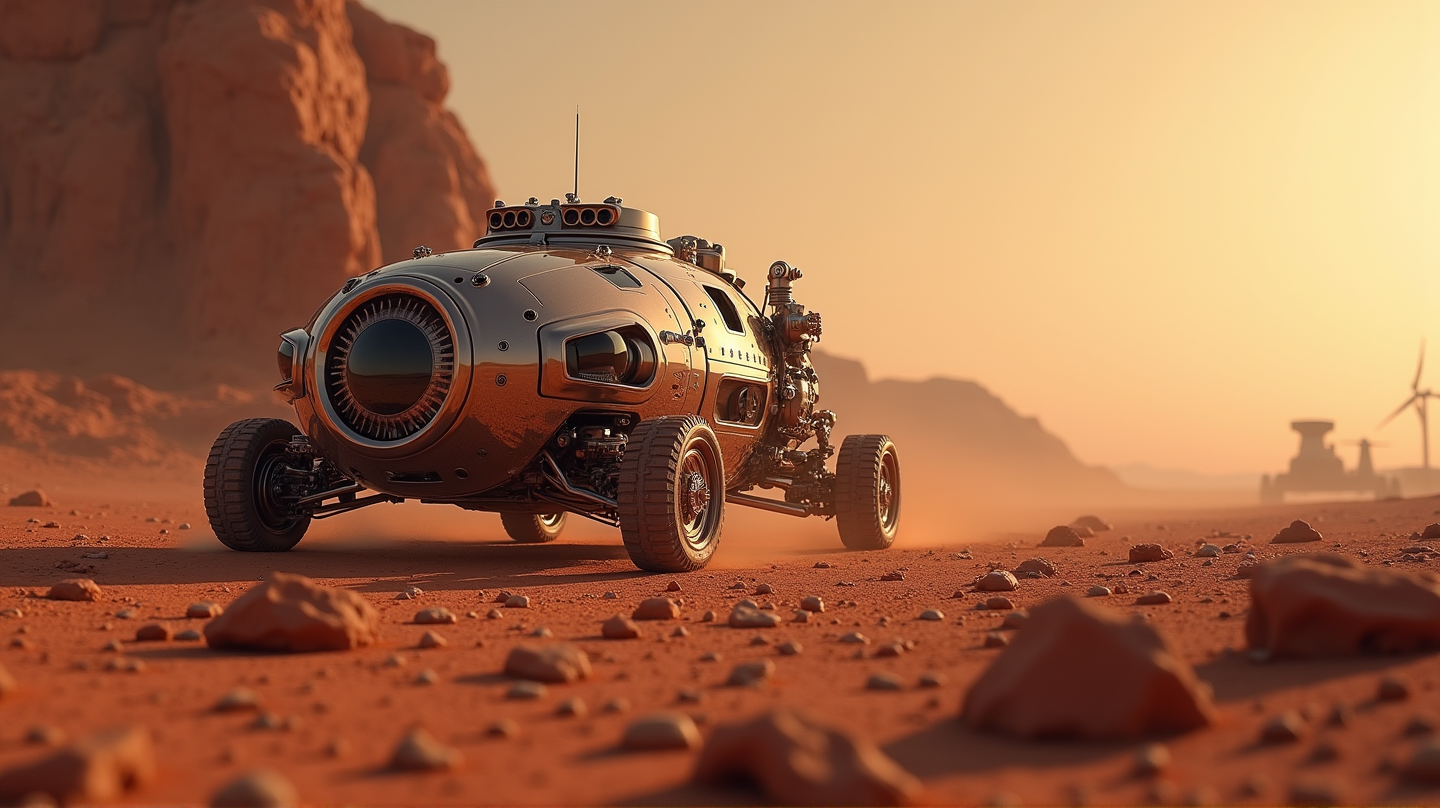ESA's Hera Spacecraft Impresses with Autonomous Navigation at Mars Encounter

ESA’s Hera spacecraft has made headlines with its extraordinary autonomous navigation test during a recent Mars flyby. As it whizzed past the red planet, the spacecraft’s navigation system identified and tracked numerous Martian landmarks, marking a pioneering moment in self-driving space technology. According to Space Daily, this successful test leads the way for future asteroid missions.
Pioneering Navigation Technology
Hera’s navigation prowess lies in its ability to lock onto geological features on the Martian surface without prior mapping. Guided by this innovative technique, the mission shows promise for autonomous operations in space - a vital step for successful missions involving asteroid encounters and planetary landings.
Mars Flyby: A Critical Testbed
On March 12, 2025, Hera executed a gravity-assist maneuver, using Mars’s pull to gain speed and conserve energy for its journey towards the Dimorphos and Didymos asteroid system. This close encounter allowed Hera to operate its full instrument suite beyond Earth’s vicinity, and most notably, test the autonomous surface feature tracking system developed by teams in Spain and Romania.
Cutting-Edge Centroid Tracking
This flyby also enabled Hera to test centroid tracking, a technique comparable to Earth and Moon formations, as it journeys deeper into space. The navigation system will become crucial in later mission phases when Hera will navigate close proximity to asteroids, utilizing visual cues against the empty expanse of space.
A 15-Year Vision in The Making
The system’s robustness stems from over 15 years of development, with successful simulations using ESA’s PANGU software. The Mars flyby results aligned with simulations, demonstrating that the technology can identify up to 100 unique surface features, although only a few are used to minimize computing demands.
Looking Ahead: Heralding Future Missions
The Hera mission sets the stage for deploying reliable and precise autonomous technology in space exploration. The insights gleaned from this mission could revolutionize how space agencies approach planetary defense, particularly in asteroid deflection scenarios following NASA DART’s mission.
Equipped with custom state-of-the-art processors, Hera’s autonomous navigation promises rapid processing capabilities, ensuring a groundbreaking progression in human-made space interventions. As humanity focuses on enhancing its planetary defense strategies, Hera stands at the forefront of turning challenges in space exploration into achievements.
Stay tuned for more updates as Hera continues its exciting journey, heralding new possibilities for autonomous operations in our solar system and beyond.

